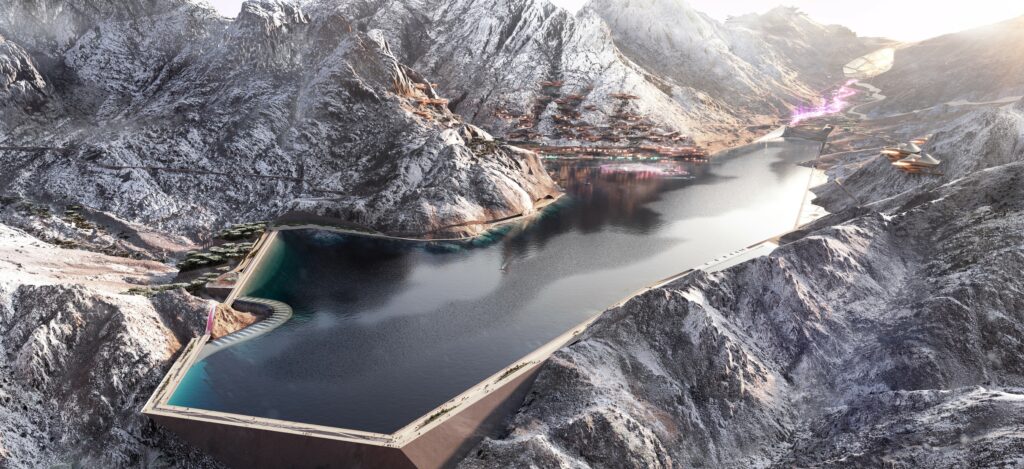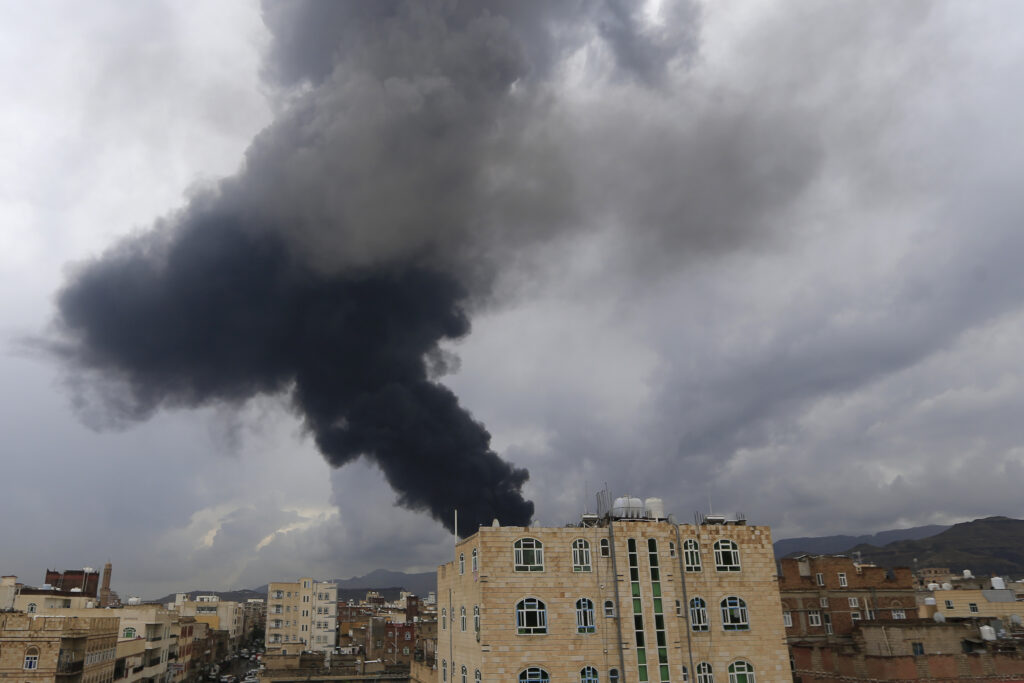AFP Asia Business
China Evergrande Group delisted from Hong Kong stock exchange
Shares in heavily indebted China Evergrande Group were taken off the Hong Kong Stock Exchange on Monday, capping a grim reversal of fortune for the once-booming property developer.A committee at the bourse had decided earlier this month to cancel Evergrande’s listing after it failed to meet a July deadline to resume trading — suspended since …
China Evergrande Group delisted from Hong Kong stock exchange Read More »
Olympic Council of Asia says Saudi Winter Games ‘on schedule’
The Olympic Council of Asia (OCA) says that preparations for the 2029 Asian Winter Games in Saudi Arabia are “on schedule” after South Korea and China emerged as potential replacements.Saudi Arabia is supposed to host the next edition of the regional winter competition in a move derided by environmental groups.The OCA in 2022 unanimously approved the desert kingdom’s bid to stage the Games at its $500 billion megacity NEOM, part of Saudi Arabia’s splurge on major sporting events, including the 2034 football World Cup.The futuristic and under-construction NEOM will feature a year-round winter sports complex in the mountains of Trojena.However, the Financial Times last week reported that Saudi Arabia was “struggling to deliver” the ski resort on time and had discussed staging the event four years later than planned.The Saudis were mulling approaching South Korea and China to instead play host in 2029, the newspaper said.South Korea’s Yonhap news agency reported that the OCA asked Korean Sport & Olympic Committee (KSOC) president Ryu Seung-min if the country would be willing to replace Saudi Arabia.On Sunday the Kuwait-based OCA said that it was “pleased with the strong progress being made, as we closely monitor the on-schedule work from the LOC (local organising committee).”We appreciate the bold ambition of the venue and the opportunities it will create as a new winter sports destination serving the future of sport in Asia,” the statement added.South Korea and China have been mooted as potential replacements because they hosted the Winter Olympics in 2018 and 2022 respectively.China also staged the Asian Winter Games in its northern city of Harbin in February.Asked about China potentially stepping in for 2029, foreign ministry spokesman Mao Ning said on Friday: “I haven’t heard of the situation you mentioned.”We support Saudi Arabia in hosting the next Asian Winter Games.”
Israeli strikes in Yemen’s capital kill six, Huthis say
Israeli strikes in Yemen’s capital Sanaa on Sunday killed at least six people, according to the country’s Iran-backed Huthi rebels, who have repeatedly launched missiles and drones at Israel throughout the Gaza war.AFP images showed a large fireball lighting up the skies over the rebel-held capital, leaving behind a column of thick, black smoke.The Huthi-run Saba news agency reported six people killed and 86 wounded in the Israeli raid, with more than 20 in critical condition, citing the health ministry.A Huthi security source told AFP the strikes had targeted a building in central Sanaa. The group’s Al-Masirah TV reported they had also hit an oil company facility and a power station in Sanaa’s south which was already struck last Sunday.The Israeli army said it had hit a military compound where the presidential palace is located, along with two power stations and a fuel depot. The strikes were “in response to repeated attacks by the Huthi terrorist regime against the State of Israel and its civilians”, including “in recent days”, it said.Late Friday, the Huthis fired a missile that Israeli authorities said had “most likely fragmented in mid-air”.Media outlets the Times of Israel and Ynet, citing the Israeli military, reported the missile had carried a cluster warhead, the first of its kind known to have been fired from Yemen.- ‘Heart of the capital’ -The Israeli defence ministry released a photo on Sunday showing Prime Minister Benjamin Netanyahu, Defence Minister Israel Katz and military chief Eyal Zamir following the strikes in Yemen from a command bunker. Netanyahu said the air force had struck “the presidential palace in the heart of the capital Sanaa, the city’s power plant and the fuel tanks that supply it”, according to a statement released by his office.”The terrorist Huthi regime is learning the hard way that it will pay — and has paid already — a very high price for its aggression against the State of Israel,” he said, adding “the whole region” was also learning a lesson in Israeli power.In a statement from their political bureau, the Huthis vowed to respond, saying they would “not deviate from the fight” against Israel and its ally the United States “until the aggression stops and the (Israeli) blockade on Gaza is lifted”.Iran’s foreign ministry on Sunday condemned the Israeli strikes.- ‘Compound interest’ -Since the October 2023 start of the Israel-Hamas war in the Gaza Strip, the Huthis have repeatedly fired missiles and drones at Israel, claiming to be acting in solidarity with the Palestinians.Most of the Huthi attacks have been intercepted, but they have prompted retaliatory Israeli air strikes on rebel targets in Yemen.On August 17, Israel said it targeted an energy infrastructure site in Sanaa linked to the Huthis, with Al-Masirah reporting at the time the capital’s Haziz power station was hit.The Israeli military said the Haziz facility was also struck on Sunday.Katz said earlier this month that the Huthis would “pay with compound interest for every attempt to fire at Israel”.Beyond attacks on Israel itself, the Huthis have also targeted ships they say are linked to the country in the Red Sea and Gulf of Aden.



